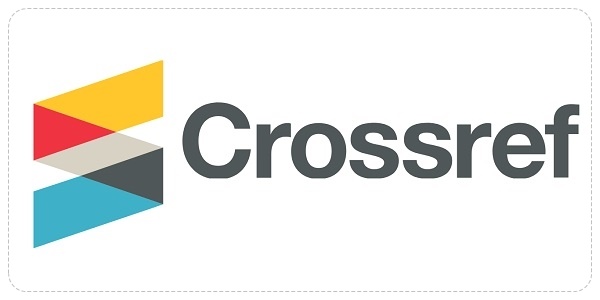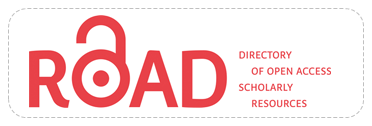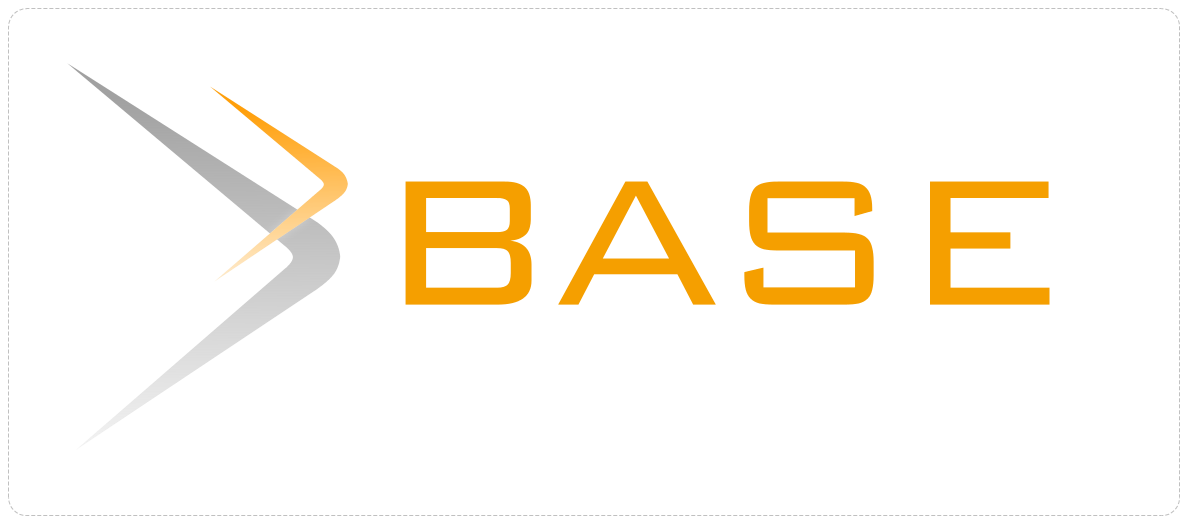Major Trends in School Library Research : A Bibliometric Analysis
Abstract
Keywords
Full Text:
PDFReferences
Abdullah Sani, M. K. J., Shari, S., Sahid, N. Z., Shaifuddin, N., Abdul Manaf, Z., & van Servellen, A. (2024). ASEAN Library and Information Science (LIS) research (2018–2022): A bibliometric analysis with strategies for enhanced global impact. Scientometrics, 129(1), 95-125.
ACRL. (2020). Academic Library Impact: Improving Practice and Essential Areas to Research. ACRL.https://www.ala.org/acrl/sites/ala.org.acrl/files/content/publications/booksanddigitalresources/digital/9780838989649_OA.pdf.
Dali, K., Bell, N., & Valdes, Z. (2021). Learning and change through diversity, equity, and inclusion professional development: Academic librarians' perspectives. The Journal of Academic Librarianship, 47(6), 102448.
Donthu, N., Kumar, S., Mukherjee, D., Pandey, N., & Lim, W. M. (2021). How to conduct a bibliometric analysis: An overview and guidelines. Journal of business research, 133, 285-296.
Ensslin, L., Dutra, A., Ensslin, S.R., Moreno, E.A., Chaves, L.C. and Longaray, A.A. (2022), "Sustainability in library management in higher education institutions: a bibliometric analysis", International Journal of Sustainability in Higher Education, Vol. 23 No. 7, pp. 1685-1708.
Gonzalez, L. J. (2010). Major gifts funding for academic libraries, 2003 to 2007. Library Leadership & Management, 24(3), 64-69.
Green, T., & Webb, A. (2022). Inclusive practices in high school libraries: Meeting the needs of diverse learners. School Library Research, 25, 1-22.
Henderson, K. (2020). Leadership and management in education: Developing effective schools. Educational Management Administration & Leadership, 48(5), 867-882.
Hicks, D., Wouters, P., Waltman, L., De Rijcke, S., & Rafols, I. (2015). Bibliometrics: the Leiden Manifesto for research metrics. Nature, 520(7548), 429-431.
Hobbs, R., & Coiro, J. (2019). Design features of a professional development program in digital literacy. Journal of Adolescent & Adult Literacy, 62(4), 401-409.
Hodonu-Wusu, J. O., & Lazarus, G. N. (2018). Major trends in LIS research: A bibliometric analysis. Library Philosophy and Practice, 1873.
Istiana, P. (2022). Analisis bibliometrik perkembangan penelitian bidang ilmu geografi. BACA: JURNAL DOKUMENTASI DAN INFORMASI, 43(2), 69-80.
Johnson, D. (2021). The evolving role of public libraries in the digital age. Library Trends, 69(4), 687-705.
Keiser, B. (2023). Collection management for youth: Equity, inclusion, and learning. Education Libraries (Online), 46(1), 1-4.
Kiviluoto, J. (2015). Information literacy and diginatives: Expanding the role of academic libraries. IFLA journal, 41(4), 308-316.
Koh, K., Ge, X., & Petrella, J. B. (2022). Librarian-Teacher Co-Teaching and the role of school librarians in facilitating inquiry and maker learning. School Library Research, 25.
Komariah, K., Suwandi, S., & ST Y, S. (2023). The Implementation of Post-Covid-19 Pandemic school literacy in senior high schools. International Journal of Instruction, 16(3), 377-394.
Kuhlthau, C. C., Maniotes, L. K., & Caspari, A. K. (2015). Guided inquiry: Learning in the 21st century. Bloomsbury Publishing USA.
Lee, A. (2019). Censorship challenges in public libraries: Strategies and considerations. Library Management, 40(8), 526-539.
Loertscher, D. V., & Woolls, B. (2021, March). The information literacy movement of the school library media field: A preliminary summary of the research. In IASL Annual Conference Proceedings (pp. 337-366).
Loh, C. E., Gan, S., & Mounsey, S. (2022). What do children want to read? A case study of how one primary school library supported reading for pleasure. Journal of Library Administration, 62(7), 931-945.
Martin, J. (2020). Job satisfaction of professional librarians and library staff. Journal of Library Administration, 60(4), 365-382.
Martinez, R. & Gomez, E. (2020). Curriculum integration and the role of the school librarian: A review of the literature. Journal of Information Science, 46(3), 324-334.
Martín-Martín, A., Orduña-Malea, E., & López-Cózar, E. D. (2018). Author-level metrics in the new academic profile platforms: The online behaviour of the Bibliometrics community. Journal of informetrics, 12(2), 494-509.
McAllister, J. T., Lennertz, L., & Atencio Mojica, Z. (2022). Mapping a discipline: a guide to using VOSviewer for bibliometric and visual analysis. Science & Technology Libraries, 41(3), 319-348.
Miranda, C. C. D., Braga, D. S., & Cavalcanti, A. P. C. (2022). Do school libraries and reading rooms matter for student learning?. Educação e Pesquisa, 48.
Ramos Eclevia, M. (2022). Librarians’ competencies in teaching information literacy in the online environment. Journal of Library & Information Services in Distance Learning, 16(1), 2-19.
Simmons, H. & Reynolds, L. (2022). Professional development for librarians: Adapting to a changing landscape. Journal of Library Administration, 62(1), 1-21.
Smith, J., & Darrow, L. (2021). Collaboration between librarians and teachers to enhance student literacy. Journal of Literacy Research, 53(2), 175-194.
Subramaniam, M., Scaff, L., Kawas, S., Hoffman, K. M., & Davis, K. (2018). Using technology to support equity and inclusion in youth library programming: Current practices and future opportunities. The Library Quarterly, 88(4), 315-331.
Suwarto, D. H., Setiawan, B., & Machmiyah, S. (2022). Developing digital literacy practices in Yogyakarta elementary schools. Electronic Journal of e-Learning, 20(2), 101-111.
Todd, R. J. (2021, February). From learning to read to reading to learn: School libraries, literacy and guided inquiry. In IASL Annual Conference Proceedings , pp. 1–18.
Van Eck, N., & Waltman, L. (2010). Software survey: VOSviewer, a computer program for bibliometric mapping. scientometrics, 84(2), 523-538.
Widiyanto, W. (2023). Perpustakaan digital dalam pendidikan tinggi: Analisis bibliometrik. Jurnal Sastra Indonesia, 12(3), 234-242.
Zhou, Y. X., Cao, X. Y., & Peng, C. (2022). A bibliometric analysis of the 100 most-cited articles on curcumin. Frontiers in Pharmacology, 13, 963032.
DOI: https://doi.org/10.17509/pdgia.v21i3.65088
Refbacks
- There are currently no refbacks.
INDEXED BY

This work is licensed under a Creative Commons Attribution-ShareAlike 4.0 International License
















